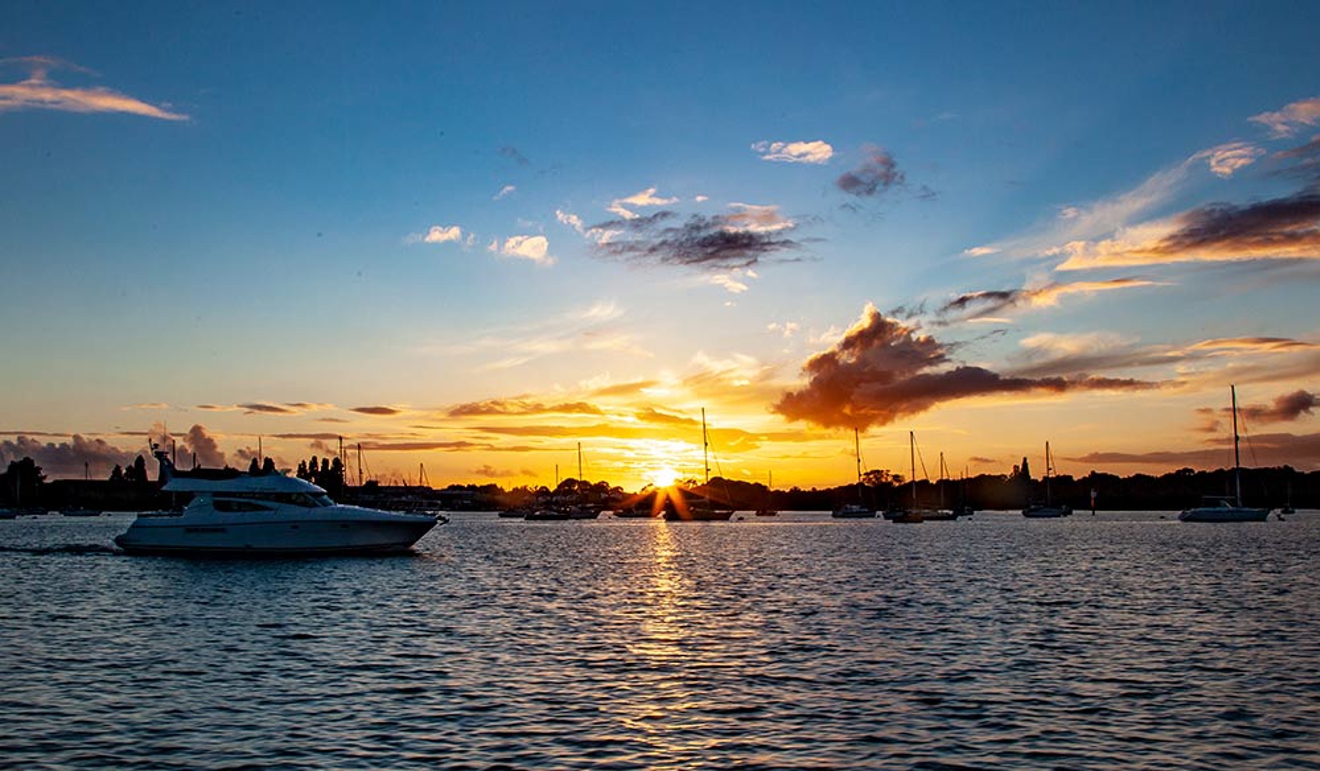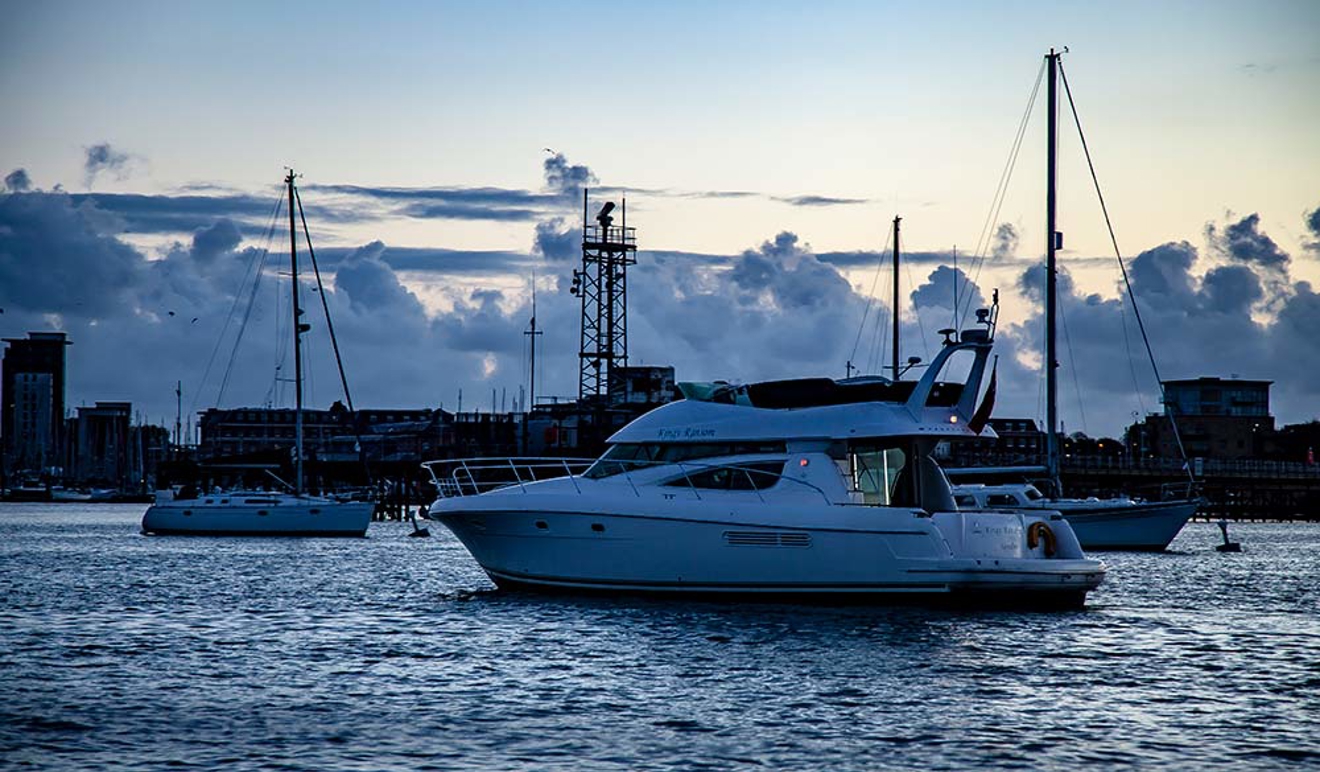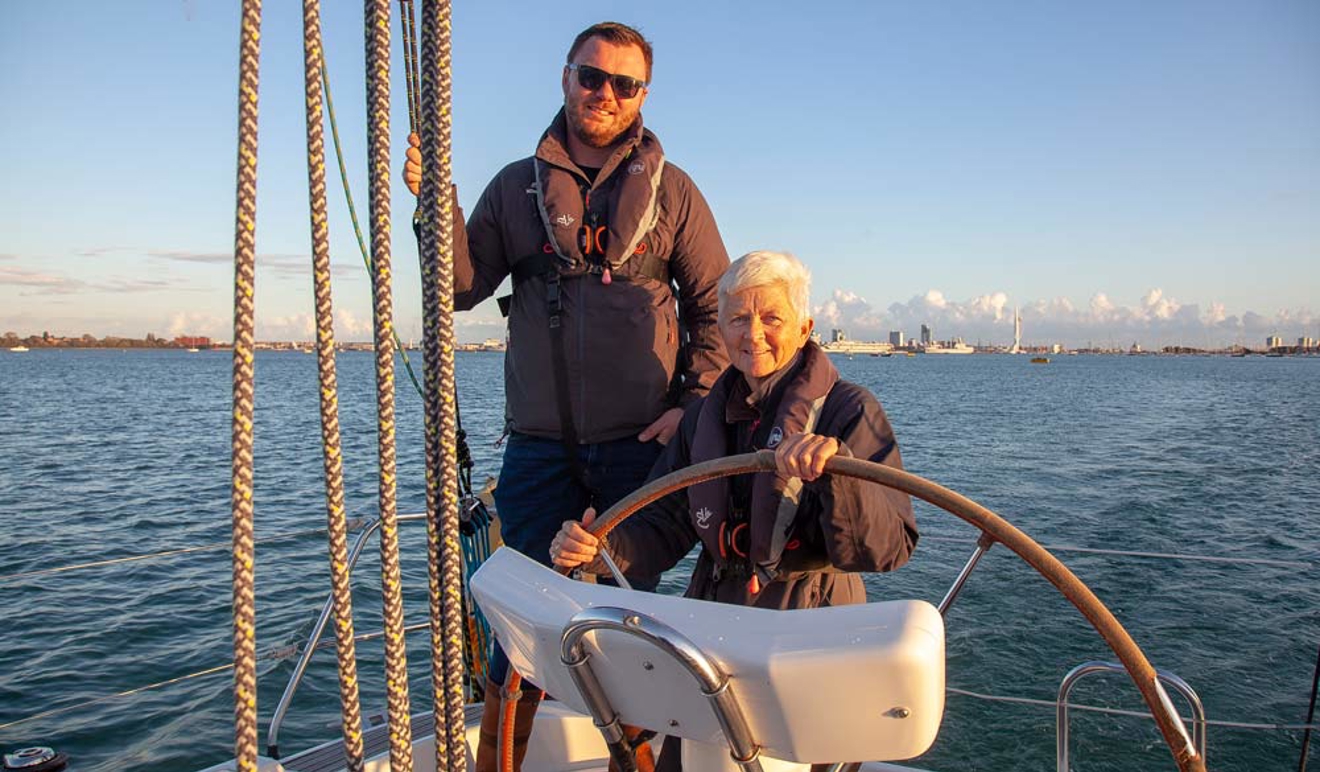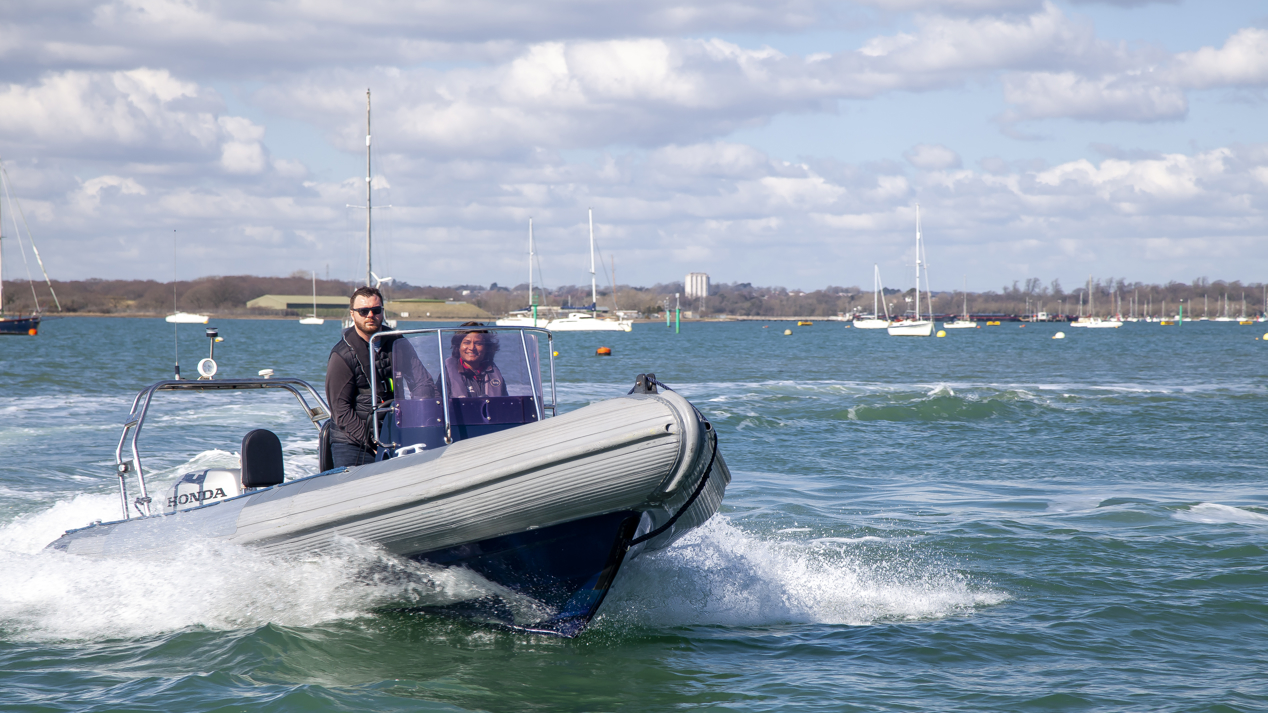Be prepared from dusk to dawn
Top tips to stay safe on the water as the nights draw in...
With autumn and winter come beautiful colour palettes and spectacular sunsets, making it the perfect season for spending time on the water.
However, with shorter daylight hours on the horizon, being afloat in the evenings is inevitable. To help you safely navigate your way through the waters all year round, here are some top tips to keep you and your boat safe when darkness falls.
Be prepared
Planning ahead: Make sure you’re familiar with the rules of the road (IRPCS), local bylaws and buoyage. Of course, it’s always vital to know where you are and where you’re going but things can look very different in the dark. Familiarise yourself with your route and select check points along the way that are easily identifiable in the dark.
Equipment: Make sure any essential checks on your technical equipment and lights are done before you set off. Check your navigation lights are working, you’re displaying the correct ones, and they aren’t obscured by crew or equipment.

Extra kit: Think about the extra kit that will come in handy as night falls including reliable torches. Pack extra warm layers of clothing and a spray jacket for when the temperature drops and keep passengers happy with extra hot drinks and snacks.
Ensure all your crew are fitted with a suitable lifejacket, ideally fitted with a light, and that they know how to operate it. Think seriously about clipping on if you have to leave the cockpit.
Stay in touch: Nominate a person that is staying ashore and let them know who is with you, where you’re going and your time of departure and return.
Know your lights
Depending on the length of your boat and whether you’re motoring or sailing, your boat must be fitted with the correct navigation lights. These lights must comply with The International Regulations for Preventing Collisions at Sea (COLREGs).
The lights you display will tell others what type of craft you are and which way you are headed. The rules mandate the exact colour of the lights, the minimum distance each light must be visible, the arc over which it is seen, and its position onboard.
Today modern LED lights are becoming increasingly common and use far less power. This is an important consideration particularly on a sailing boat. If you are using incandescent lights, it’s wise to carry spare bulbs of the correct wattage on-board and electrical spares such as fuses. It’s also a good idea to carry an emergency alternative to your fixed navigation lights in case they fail.

Night vision
Being able to see well at night is important for both your convenience and safety. It takes our eyes around 10-15 minutes to adjust to their best level of performance in the dark, sunglasses can be worn to help your eyes get used to the evening light.
If you choose to wear a head torch, consider that each time you turn to face someone the light will shine straight in their face. If this is white light, their eyes will have to start from scratch adjusting to the dark.
Switching on deck lights should be avoided and torches or head torches should have a red light wherever possible. Keeping the brightness on any electronic equipment low will also prevent your eyes from adjusting.

Training and further reading
If you’re nervous about cruising at night, RYA training courses cover everything from navigation, to rules of the road and boat handling. There are both practical and shorebased courses to suit your need.
Or why not shop RYA publications to brush up on your knowledge from the comfort of your home or on the go?
You can find more advice and tips for your next autumn cruising adventure on the RYA Safety hub.
Explore our safety hub
For more information about staying safe on the water visit the RYA Safety hub.

